32 ways to save money as a cat owner
Here's a list of ways to save money as a cat owner.
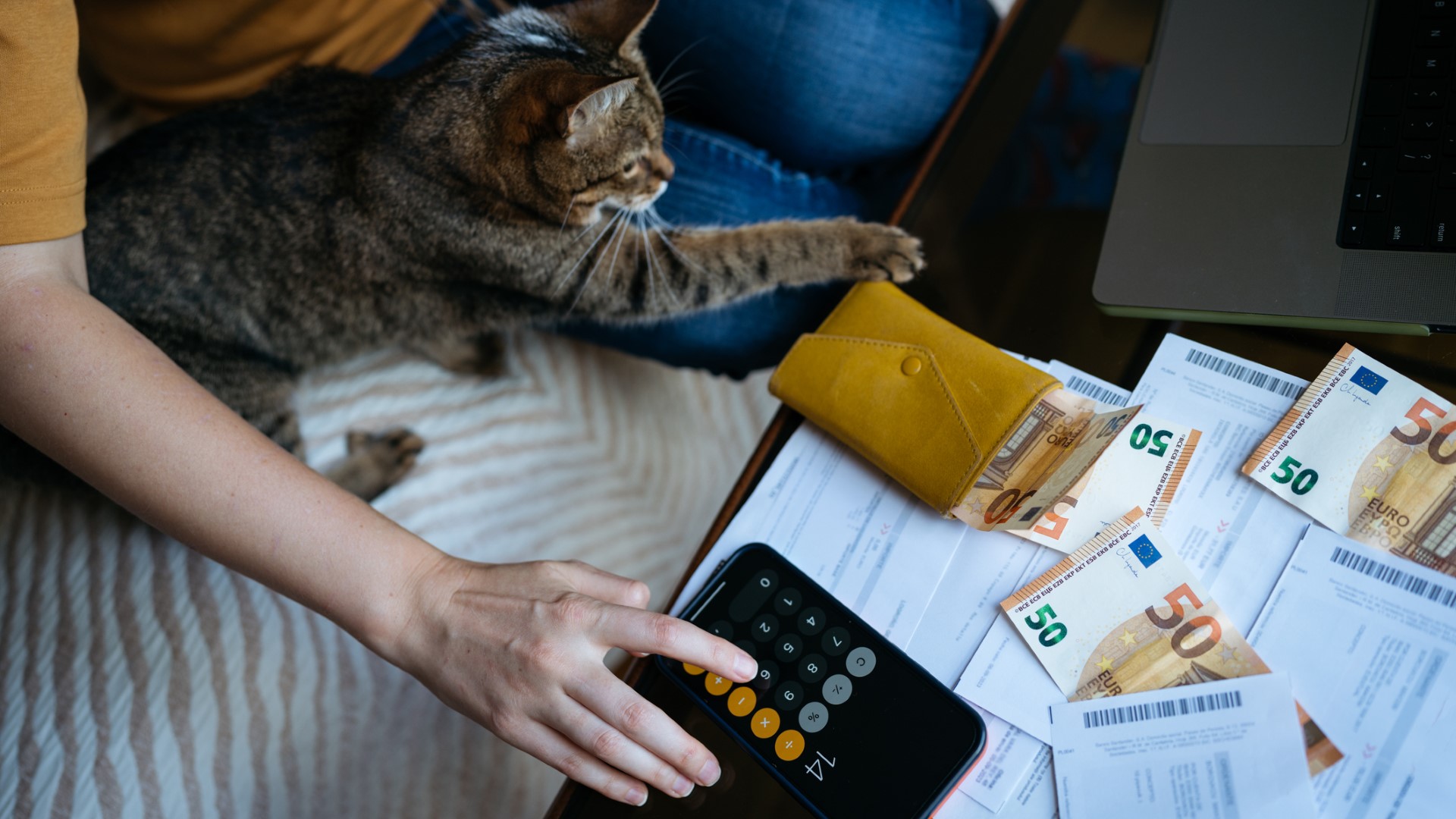
Being a cat parent can bring so much joy and fulfillment, but trying to save money as a cat owner can sometimes feel overwhelming. The costs of veterinary care, food, litter, toys, carriers, cat trees, parasite preventatives, supplements, unexpected costs, and more can quickly add up.
Thankfully, there are several ways you can save money as a cat owner while still giving your kitty the enriching, safe, and fulfilling life they deserve. From bagging free samples of the best cat food to joining pet loyalty programs, read on to learn our favorite tips and tricks for reducing your cat-related expenses.
32 ways to save money as a cat owner
1. Free samples
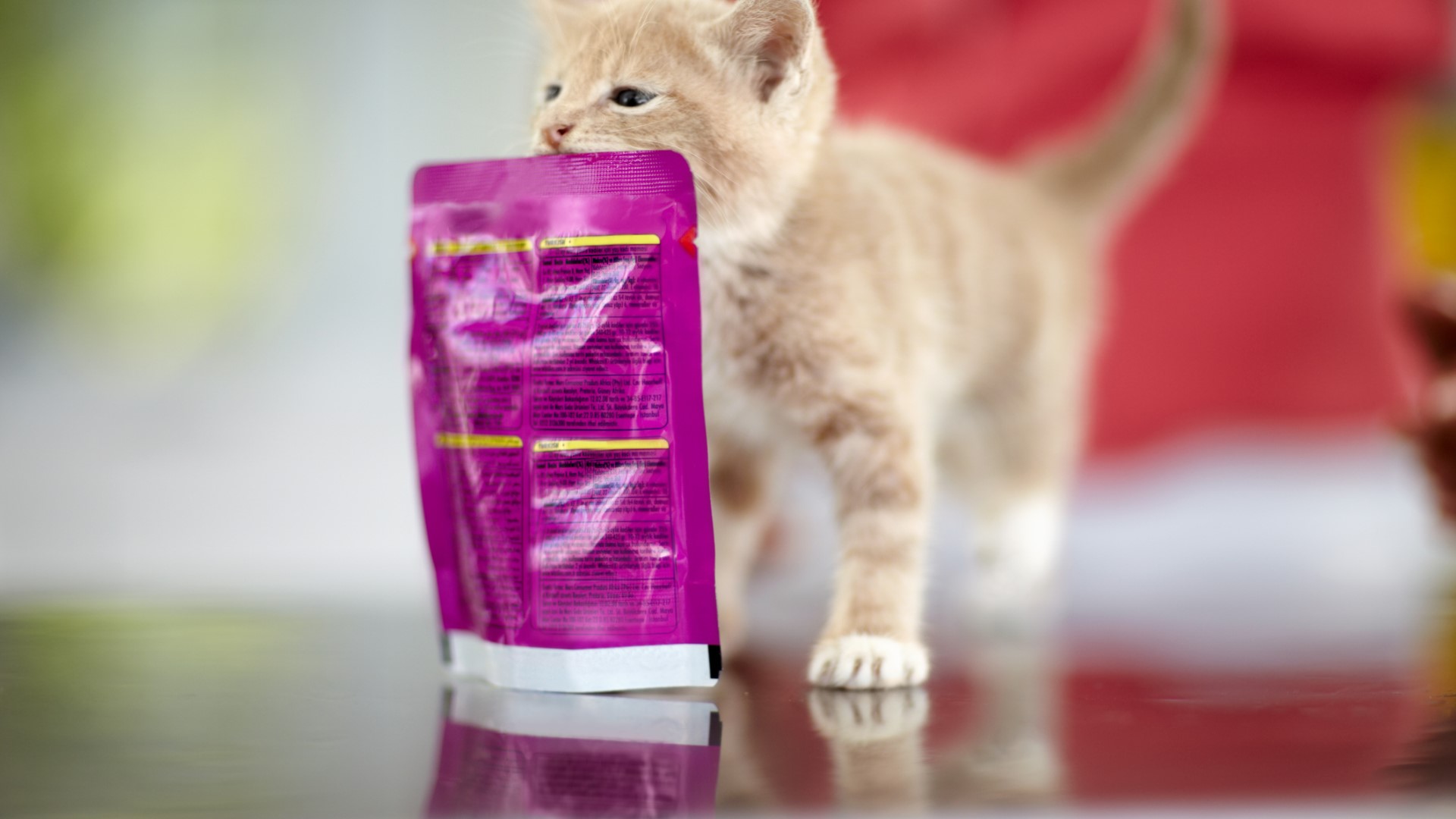
Finding free samples is one of the numerous ways to save money as a cat owner. Pet stores, veterinarian offices, pet food manufacturers, pet events and festivals with vendors, and pet trade shows are all potential sources of free samples. These samples can include treats, supplements, medications, and the best dry cat food. Getting samples is an excellent way to test out a product for your kitty before committing to buying the full size.
2. Make a budget

Making a budget can significantly assist you in reducing cat-related expenses by allowing you to identify unnecessary costs and potential overspending. It's easy to lose track of monthly spending, so writing out a detailed list of your expenses can help you find ways to save and figure out where you need to prioritize your spending.
For example, you may find that you're making more impulse buys on the best cat toys than you realized. Sticking to a budget can help you make more careful choices and opt for quality and durability over repeated buys.
3. Use free online and written resources

The internet and public libraries are full of excellent information on caring for your feline friend. You can access free support on cat nutrition, enrichment, health, behavior, and more via expert advice and interviews, scholarly journals and studies, pet parent forums, YouTube videos, pet care apps, support groups, and free online seminars. Ideally, look for information backed by reputable sources, such as links to peer-reviewed studies, veterinary journals, pet professional guilds, and university sites.
4. Build your own cat furniture
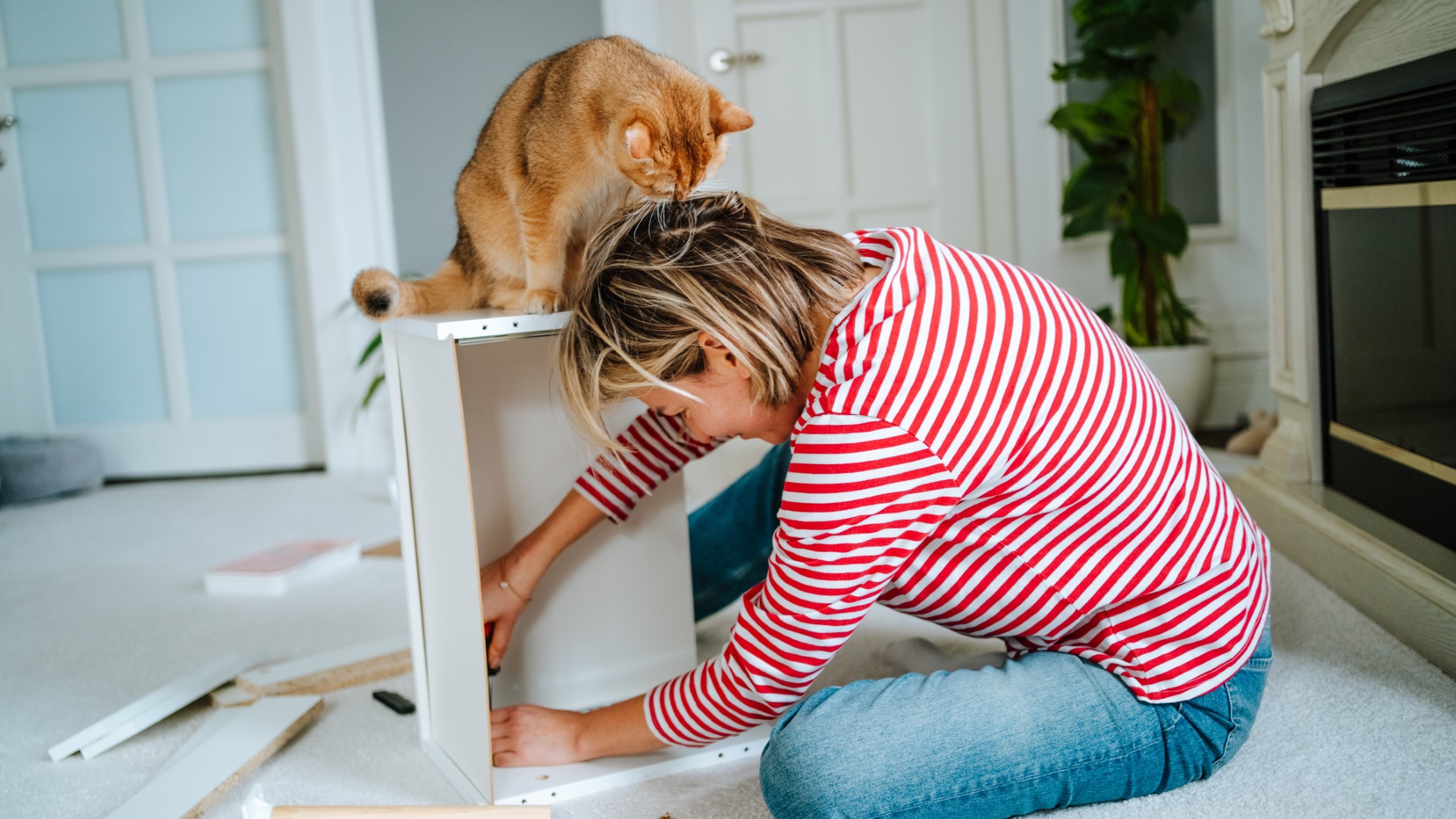
Most cats love to perch and climb. Providing access to climbing and resting in high places throughout your home is an important part of providing environmental enrichment for your kitty. If you're looking for ways to save money as a cat owner, consider building your own cat furniture.
PetsRadar Newsletter
Get the best advice, tips and top tech for your beloved Pets
This is especially cost-effective if you have access to scrap lumber and other necessary materials. Building your own cat tree out of sturdy lumber and quality fasteners, for example, may not be cheaper than the cheapest manufactured model, but it'll likely rival the durability and longevity of expensive options while being a far less costly option.
5. Adopt, don't shop
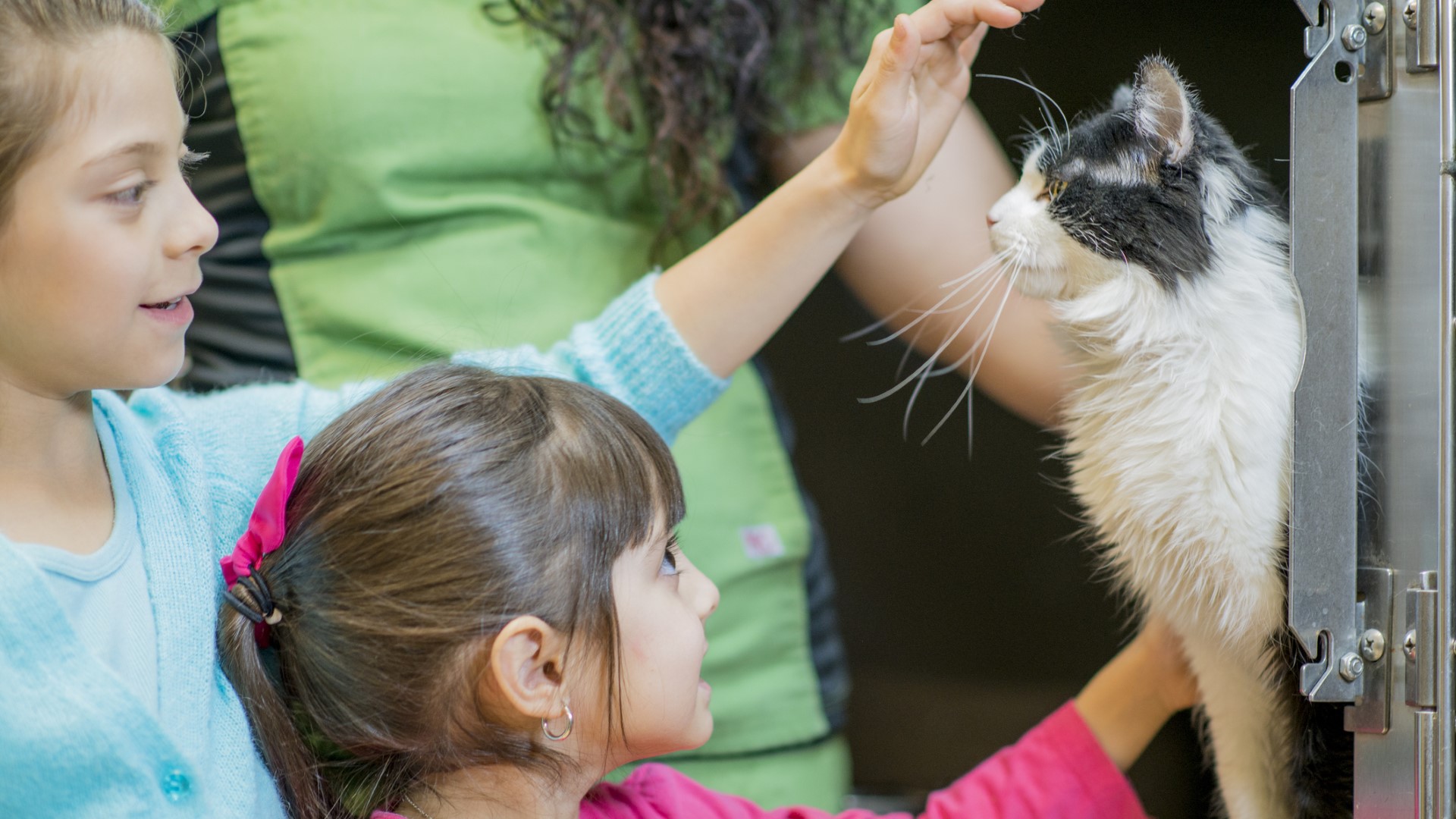
Purchasing a pedigree cat from a breeder is far more costly than adopting from a rescue or shelter. Breeders typically charge $500 to $3,000 for their kittens, whereas most rescues and shelters set cat adoption fees at $50 to $200. This adoption fee typically covers a basic vet exam, preventatives, vaccines, and spay/neuter.
In addition to saving hundreds or thousands of dollars, there are so many other reasons to adopt a cat — not only are you saving a life, you're opening up more space for the organization to rescue another.
6. Groom at home
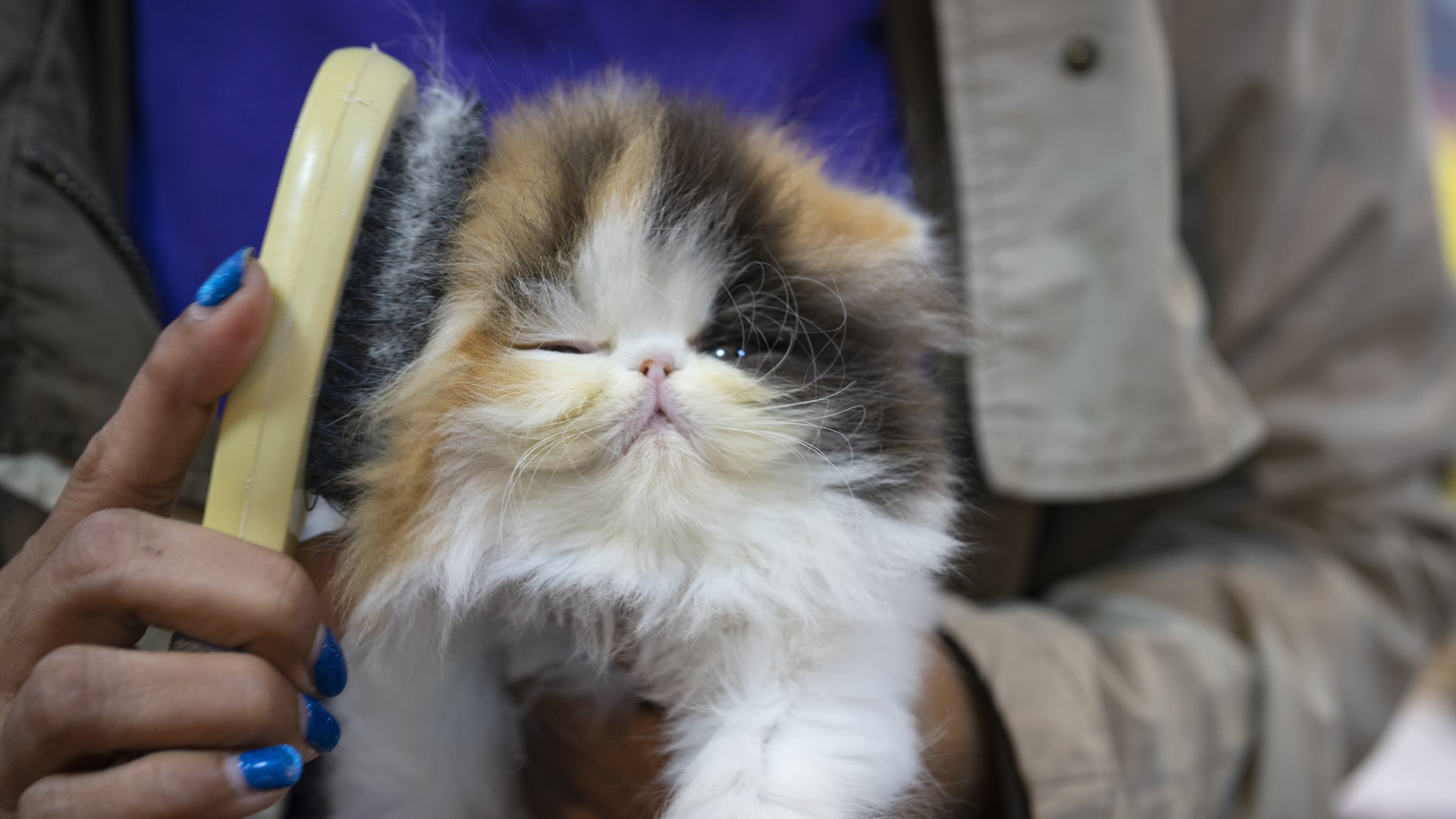
Monthly grooming costs can quickly add up, especially if you're paying $35 to $100 per session. Grooming your cat at home can help you save money and you'll learn an important skill in the process. You'll need to invest in grooming supplies, such as some of the best cat brushes. But, these initial costs will soon pay for themselves through the money you save by grooming your cat at home.
To set you and your cat up for success, make sure to slowly introduce each grooming tool and pair them with high-value treats to form a positive association.
7. Invest in cat insurance

Unexpected trips to the vet can quickly drain your savings or put you in debt, especially in emergency situations. Covering your pet with health insurance provides financial protection and ensures your cat can receive the care they need. Make sure to research some of the best pet insurance options and choose a comprehensive plan that includes preventative care, ongoing treatment, and unexpected medical costs.
8. Make your own cat toys
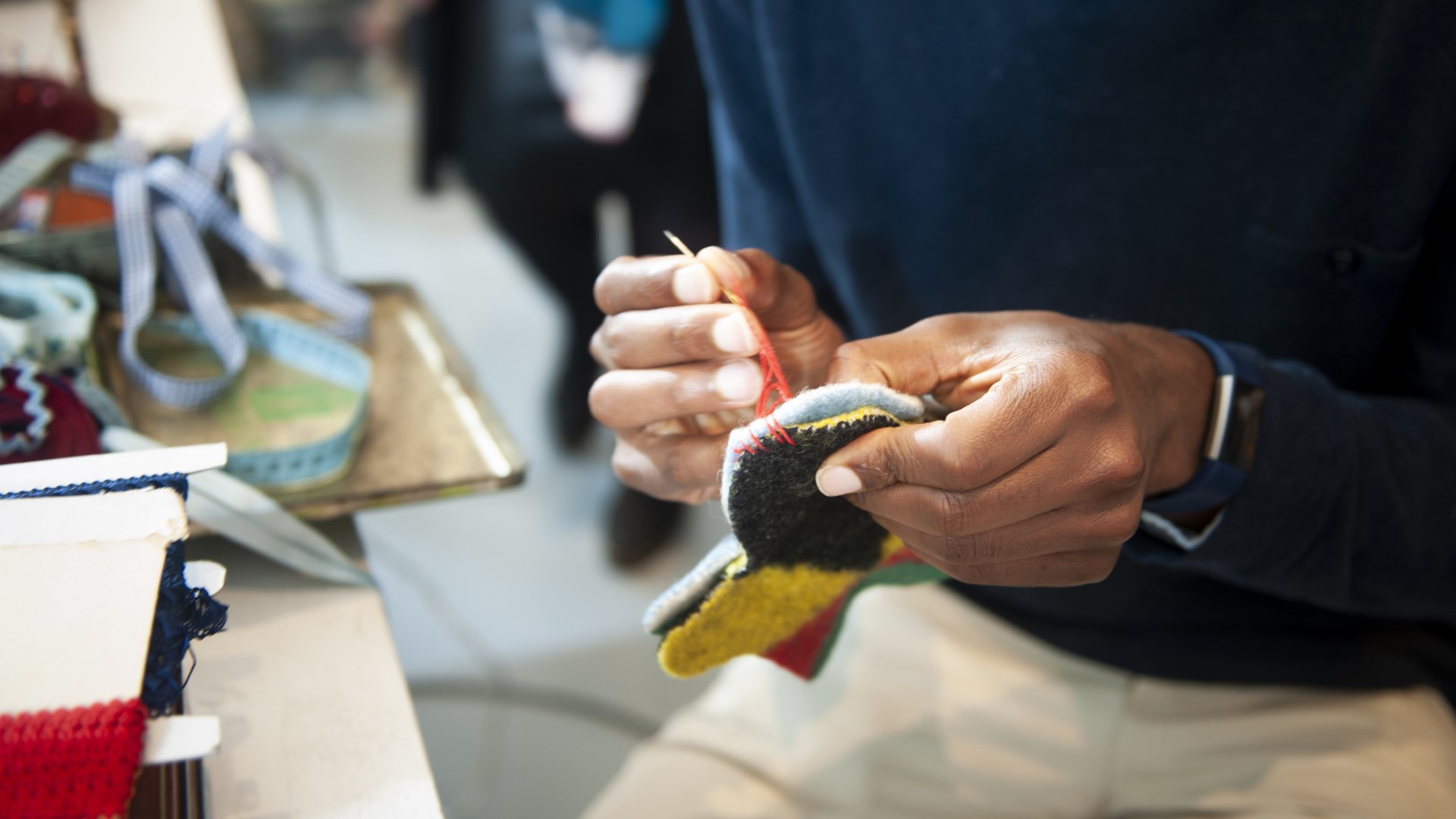
Providing cat toys for your kitty is an important part of meeting their enrichment needs and ensuring their overall well-being. Making your own cat toys can be a great way to save on kitty-related expenses, because let's face it, the best interactive cat toys don't always come cheap. It's also a fun activity and rewarding to watch your cat enjoy something you made just for them. Consider making your own feather wand, catnip-stuffed sock ball, or felt mouse.
9. Barter for services or supplies
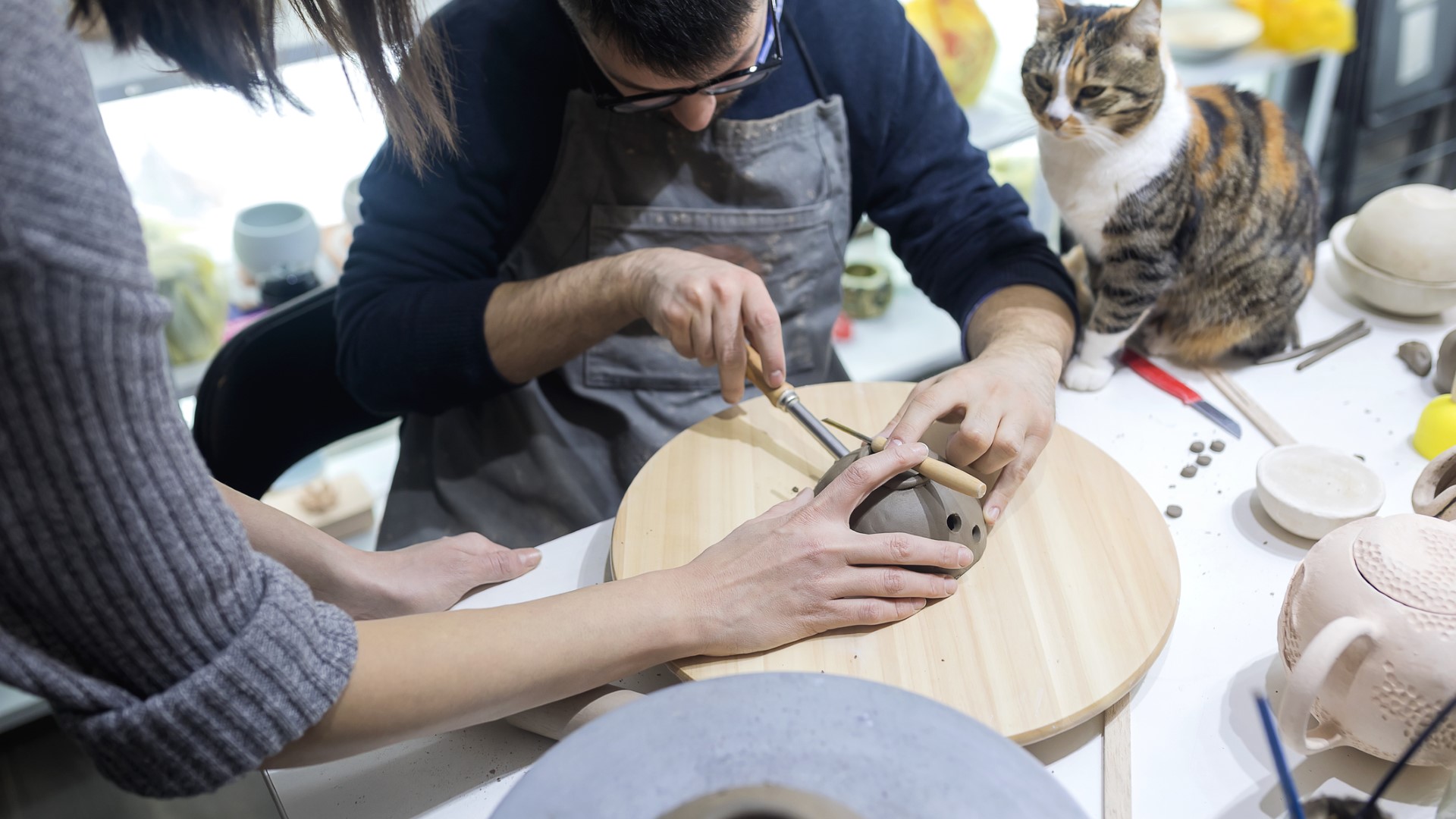
While you may not have room in your budget to pay for an additional monthly service or expense, you could potentially barter if you have a skill or item to offer in exchange. Perhaps you're familiar with a mobile groomer or pet sitter who is interested in learning a skill or art form that you have expertise in. Or maybe you're an avid gardener and have some lovely plants you can trade for supplies or a service.
10. Join pet loyalty programs

Joining a loyalty or rewards program can help you reduce your expenses if you regularly shop for pet supplies at one retailer. By joining a program or becoming a member, you may have access to exclusive discounts, offers, and coupons. You may also gain access to free samples, auto-ship savings, free shipping, members-only events and workshops, premium return policies, redeemable purchase points, and more.
11. Use durable, not disposable supplies
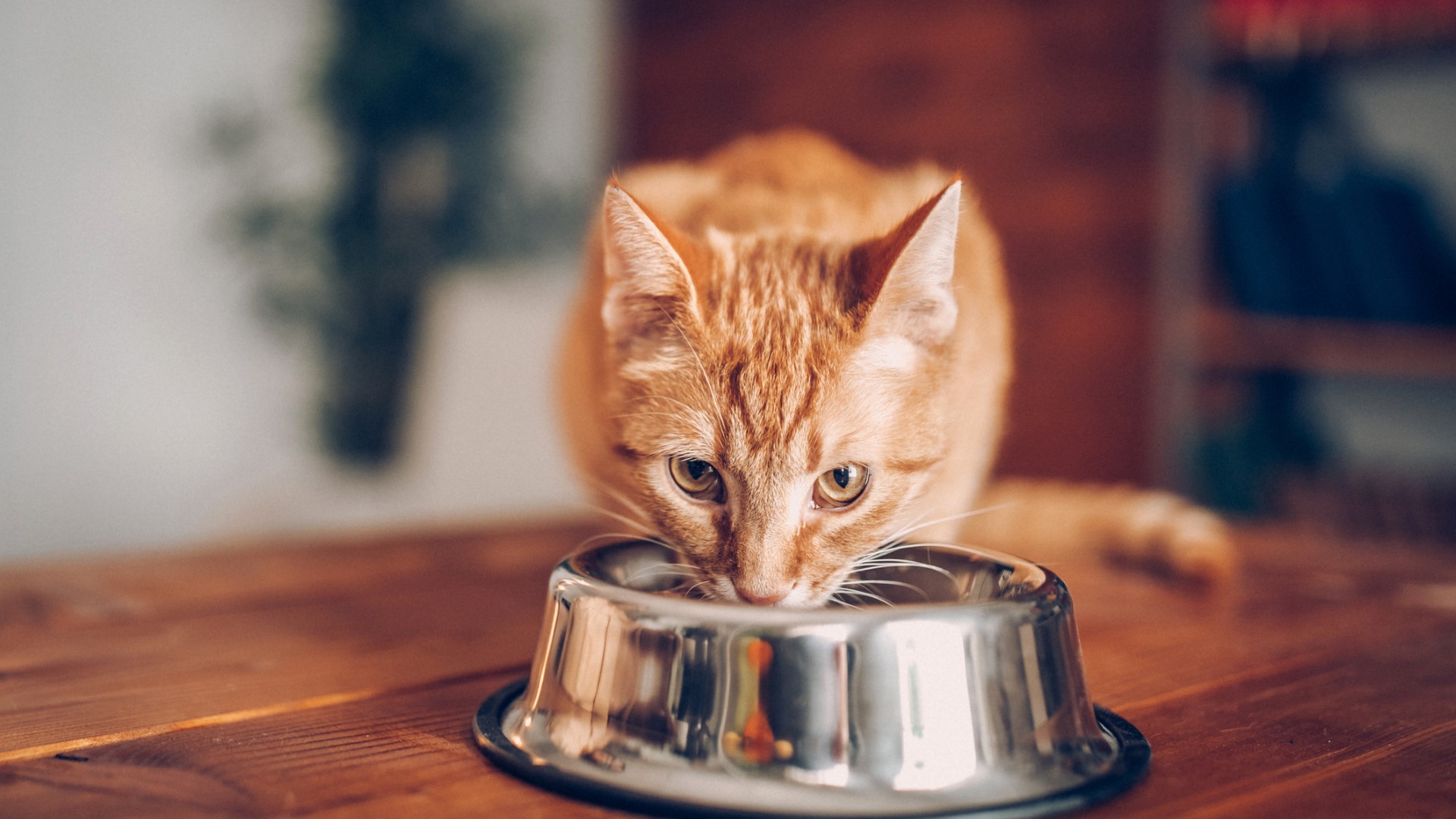
While the initial investment can cost more, purchasing durable and higher-quality cat supplies will save you money in the long run. Cheaply made and disposable items, like brittle plastic food and water bowls, can easily break and cost more through having to repeatedly buy replacements. To save money, look for durable supplies that will last years, such as quality metal food and water bowls, well-made harnesses, etc.
12. Research and compare before buying

Researching and comparing the plethora of cat products on the market will help ensure that you make a wise purchase. If you're looking for the best wet cat food or kibble, make sure to check for recalls, read reviews, and compare the price per pound with brands of similar quality and ingredient make-up.
A good cat food brand will provide a balanced diet for your cat with quality and safe ingredients, but won't be more expensive based on unscientific claims or marketing hype.
13. Use pet-friendly travel accommodations

If your cat is comfortable traveling, you may want to consider taking your next trip with your feline friend. Traveling with pets can reduce costs by eliminating the need for a pet sitter or boarding facility. Look for pet-friendly accommodations that don't charge exorbitant fees for hosting your kitty and make sure your cat will be safe in the lodging if you plan on going out without them.
14. Prioritize bonding

Bonding time with your kitty is free and significantly contributes to their well-being. You can snuggle, play, and explore with your cat without having to buy any fancy supplies or toys. There are so many ways to bond with your cat — you can play hide-and-seek, tag, fetch, or just snuggle up on the couch together or share a cat nap in the sunshine. While toys are an excellent way form of enrichment for your cat, remember that social bonding is another essential part of providing a fulfilling life.
15. Use generic medications
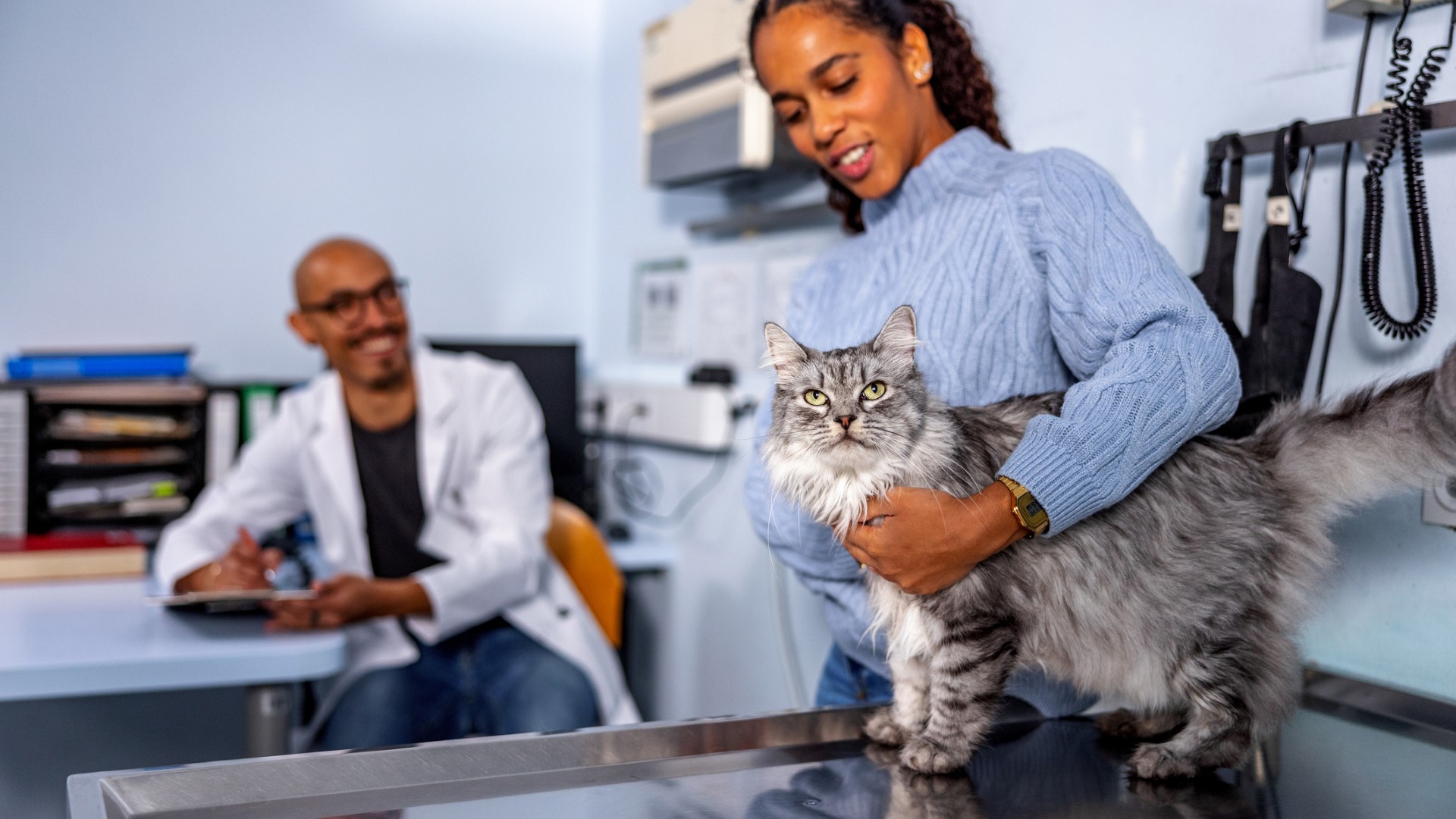
Whether your cat has a chronic condition or is suffering from an acute illness or injury, you may be able to purchase generic medications from your vet or an approved pharmacy. Generic medications contain the same active ingredients compared to their name-brand counterparts, but they typically cost less. Ask your vet about using generic meds for your kitty when possible to reduce expenses.
16. Make use of holiday sales

Holiday sales can be an excellent time to make some kitty-related purchases. If you've been thinking about adding some of the best automated cat toys to the mix, for example, try waiting for the holiday sale season to make the purchase. During these sales, you may be able to find exactly what you're looking at 50 percent off or more than the normal sale price.
17. Use low-cost clinics or vet school services

If you're struggling to afford a procedure, try searching for a low-cost or sliding-scale clinic in your area. Some shelters offer low-cost spay/neuter surgeries and vaccinations to residents in their community. Vet schools also sometimes offer reduced rates for certain procedures performed by vet students and supervised by a licensed veterinarian.
18. Schedule routine check-ups
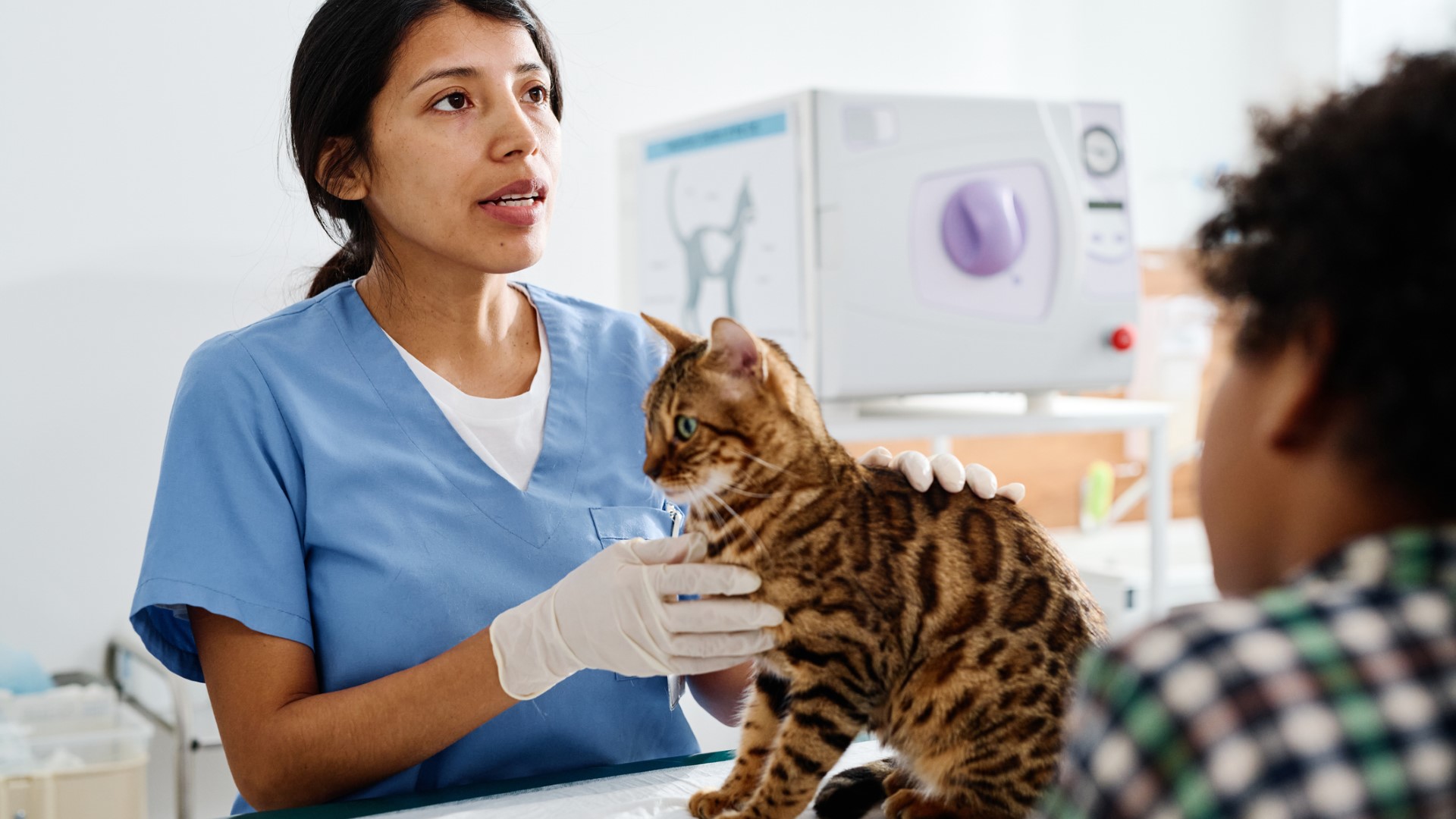
Routine check-ups can ensure your cat stays on track with their health which can prevent a host of potentially complicated and expensive conditions from developing down the line. If you have insurance, these semi-annual or annual checkups may be covered. These exams can also detect problems early before they become more difficult and costly to treat.
19. Use preventatives
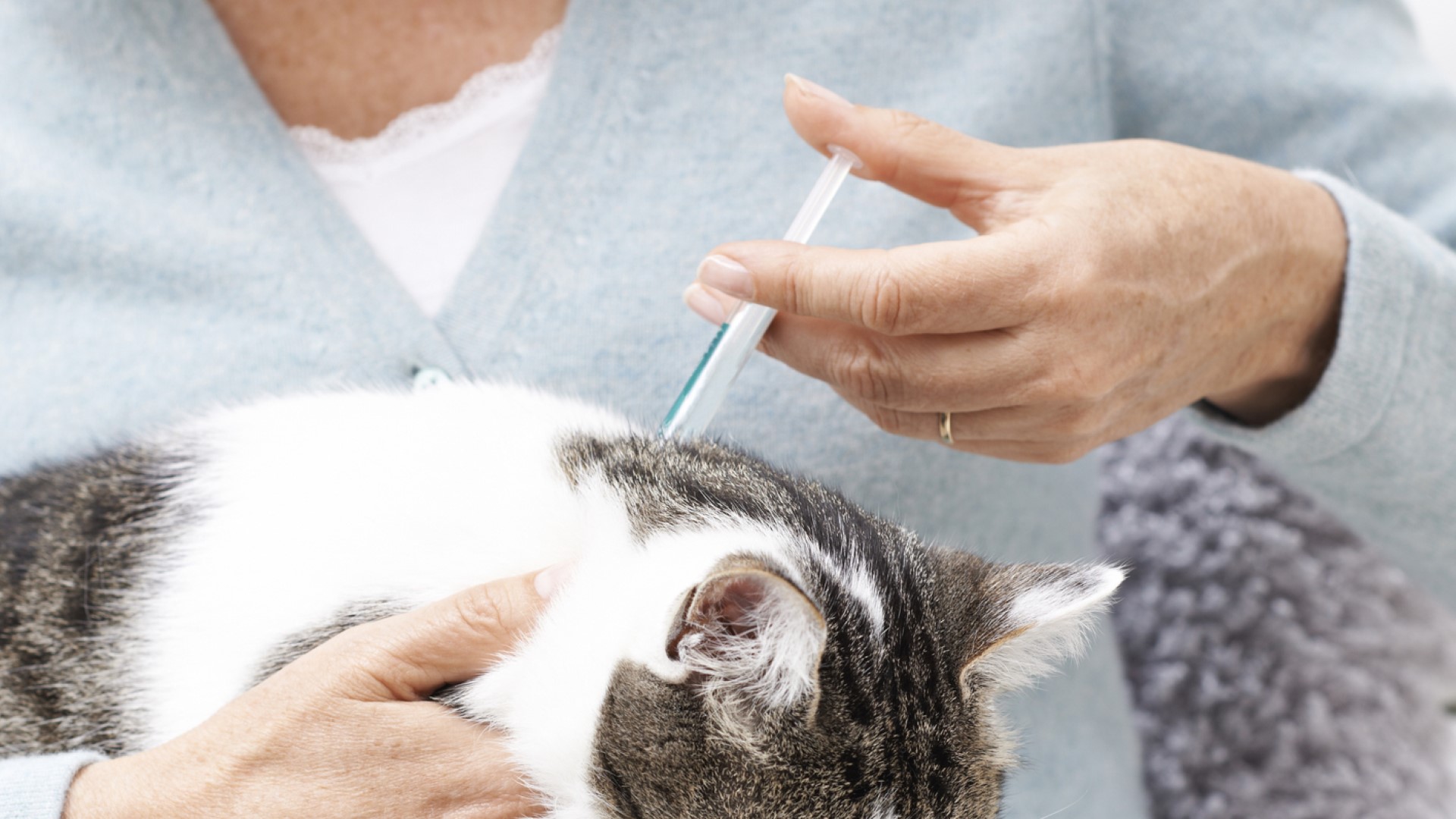
Providing your kitty with preventative care is essential to saving money. The cost of treatment for heartworm disease, for example, can be astronomically more expensive and dangerous than using monthly preventatives.
20. Vaccinate
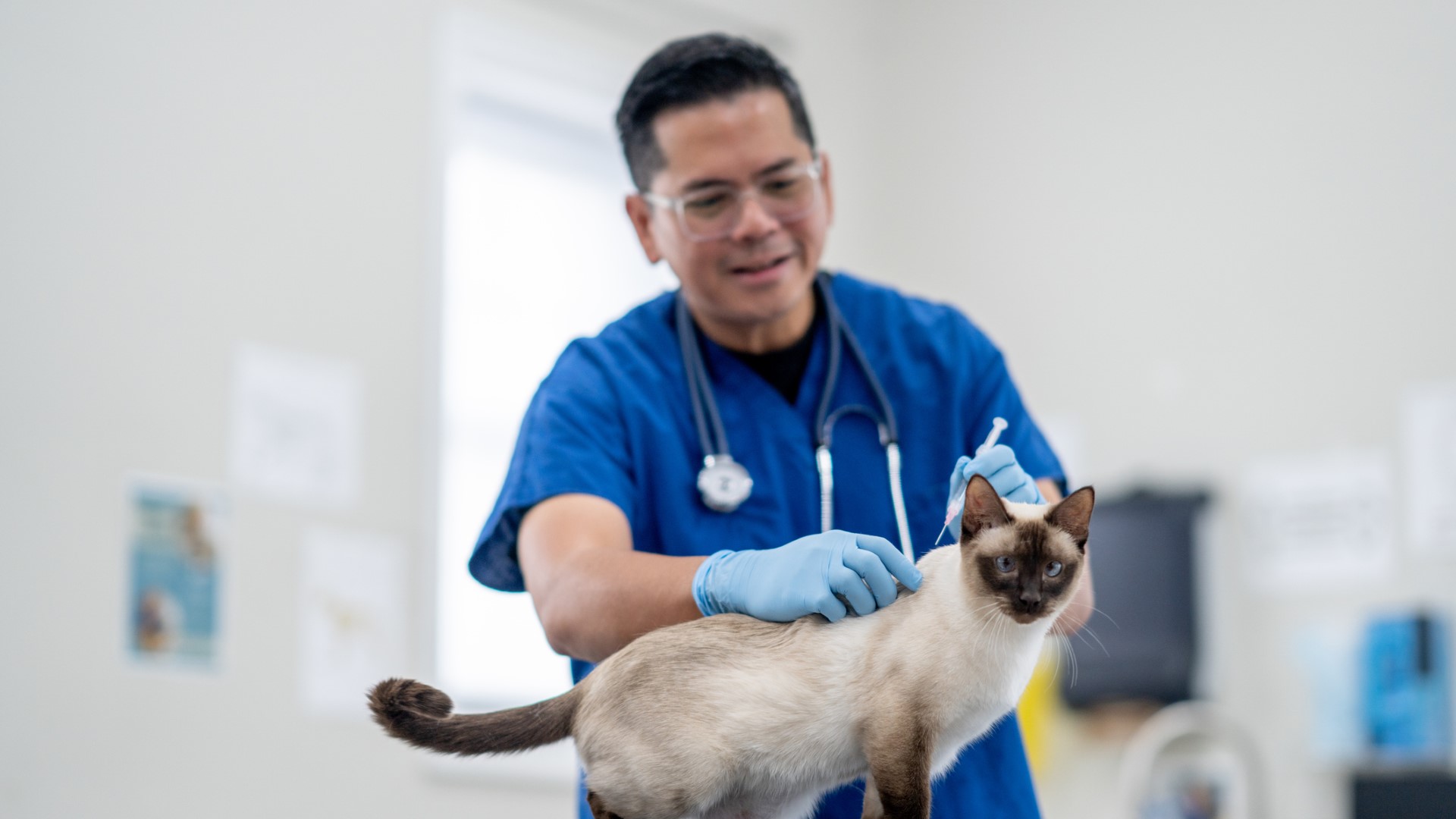
Cat and kitten vaccinations can protect against a number of dangerous and potentially deadly diseases, and will prevent costly treatments. For example, the cost of vaccinating against feline leukemia (FeLV) can cost an average of $25 to $40, while the treatment can cost hundreds of thousands of dollars. If you have one of the cat breeds that prefer being outdoors, FeLV vaccination is especially important.
21. Spay/neuter
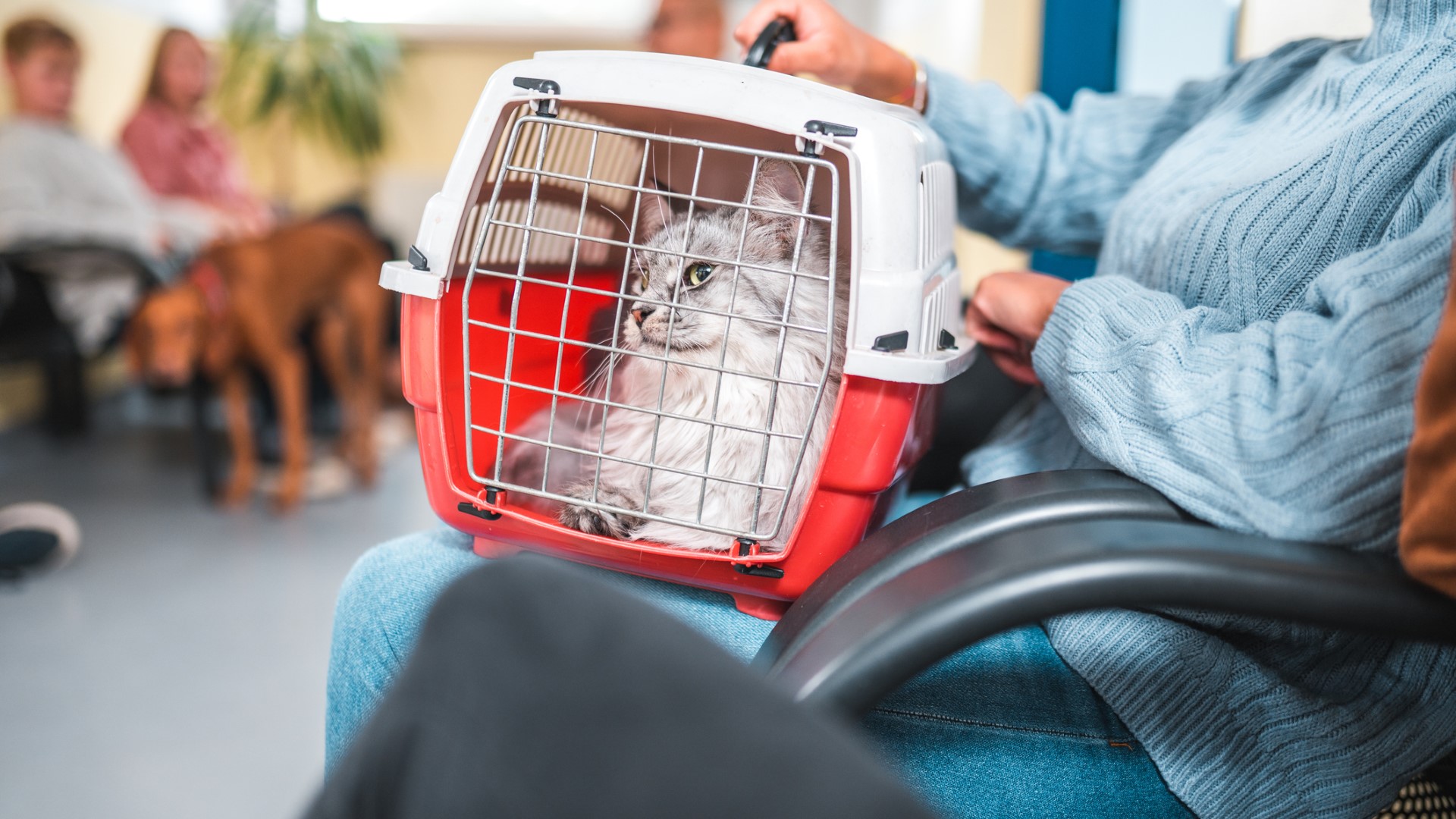
Spaying or neutering your cat will prevent unwanted litters and reduce the cost of caring for kittens. Additionally, by spaying or neutering your cat you can prevent contributing to the stray cat population and overcrowding at shelters and rescues. Finally, spaying and neutering eliminates the risk of reproductive cancers that can be costly to treat and endanger your pet's life.
22. Form a friends and family pet-sitting network
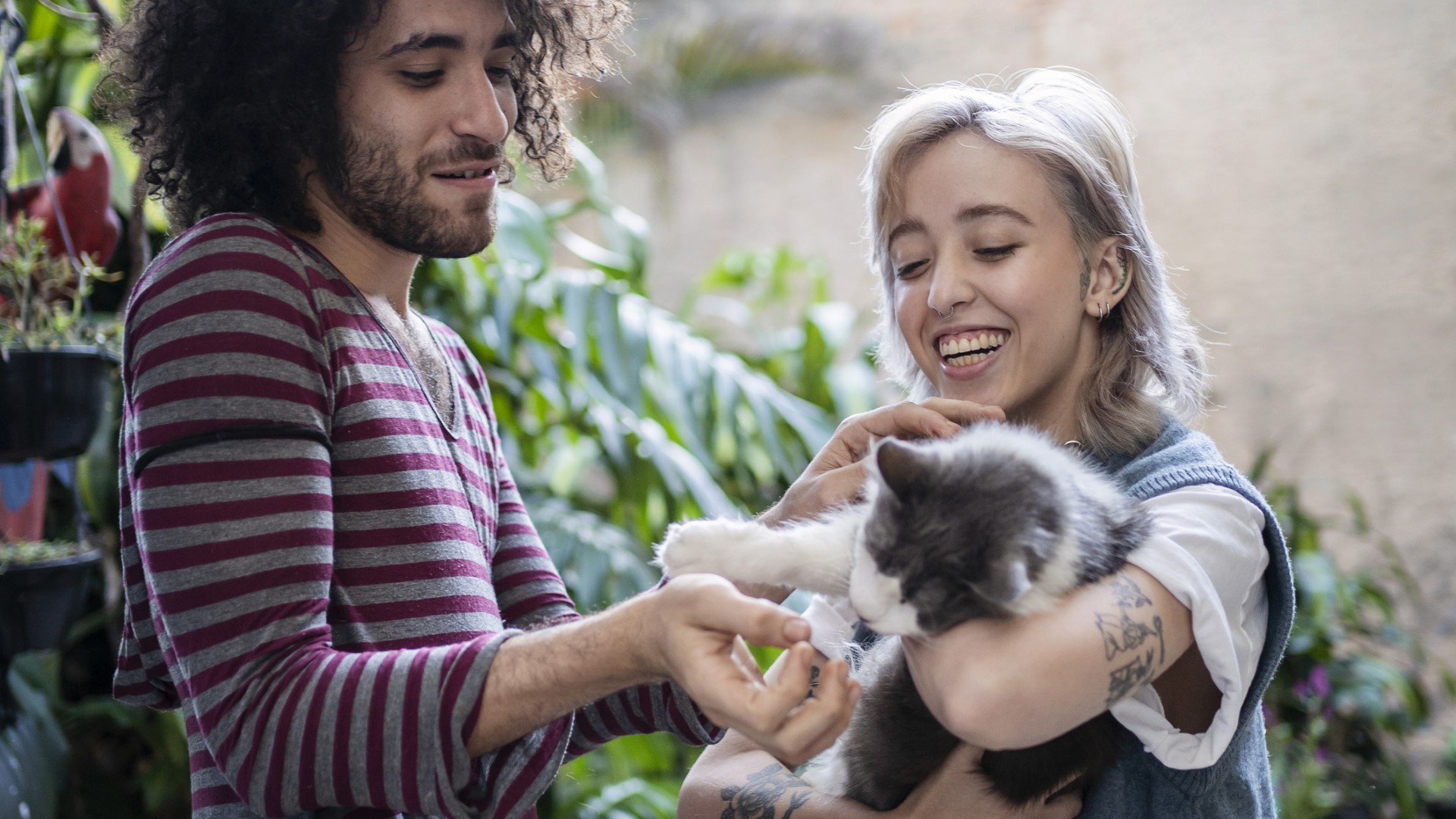
To cut back on costs of the caring for your cat, consider reaching out to friends, family members, and neighbors to start a network of pet sitters. Within this network, you can trade off pet sitting for each other rather than paying for the service. You may also be more comfortable with this arrangement since your kitty will be in the hands of someone you know and trust. This type of network can also be an amazing resource for kitties who struggle with separation anxiety.
23. Invest in a kitty first aid kit
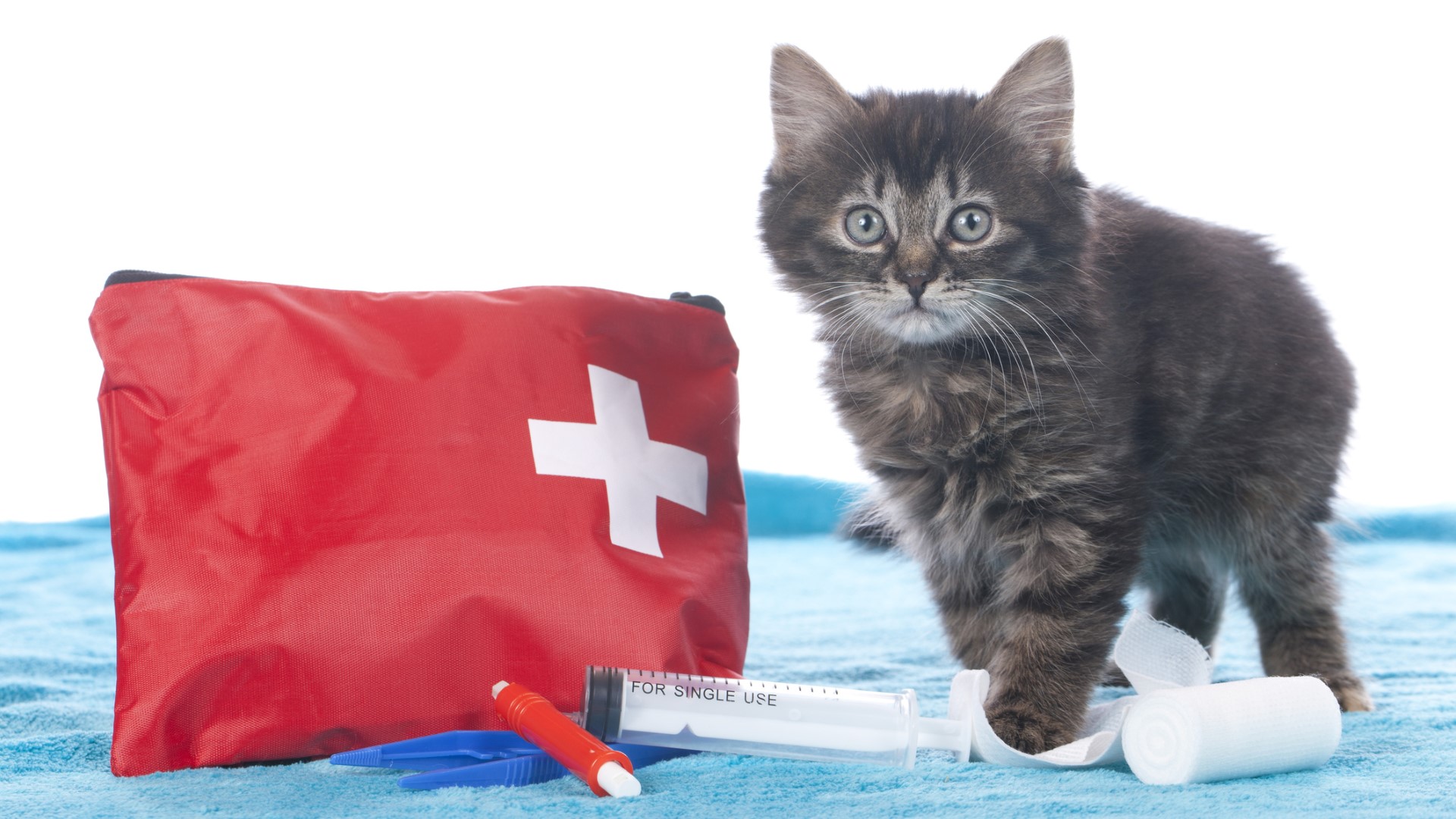
Having first-aid supplies at the ready for your cat can prevent an expensive trip to the vet's office. It's a good idea to invest in and learn how to use a kit with scissors, tweezers, adhesive tape, absorbent pads, roller gauze, adhesive wraps, cotton balls and q-tips, a 1% povidone iodine solution, and sterile saline.
24. Reuse and up-cycle cat items
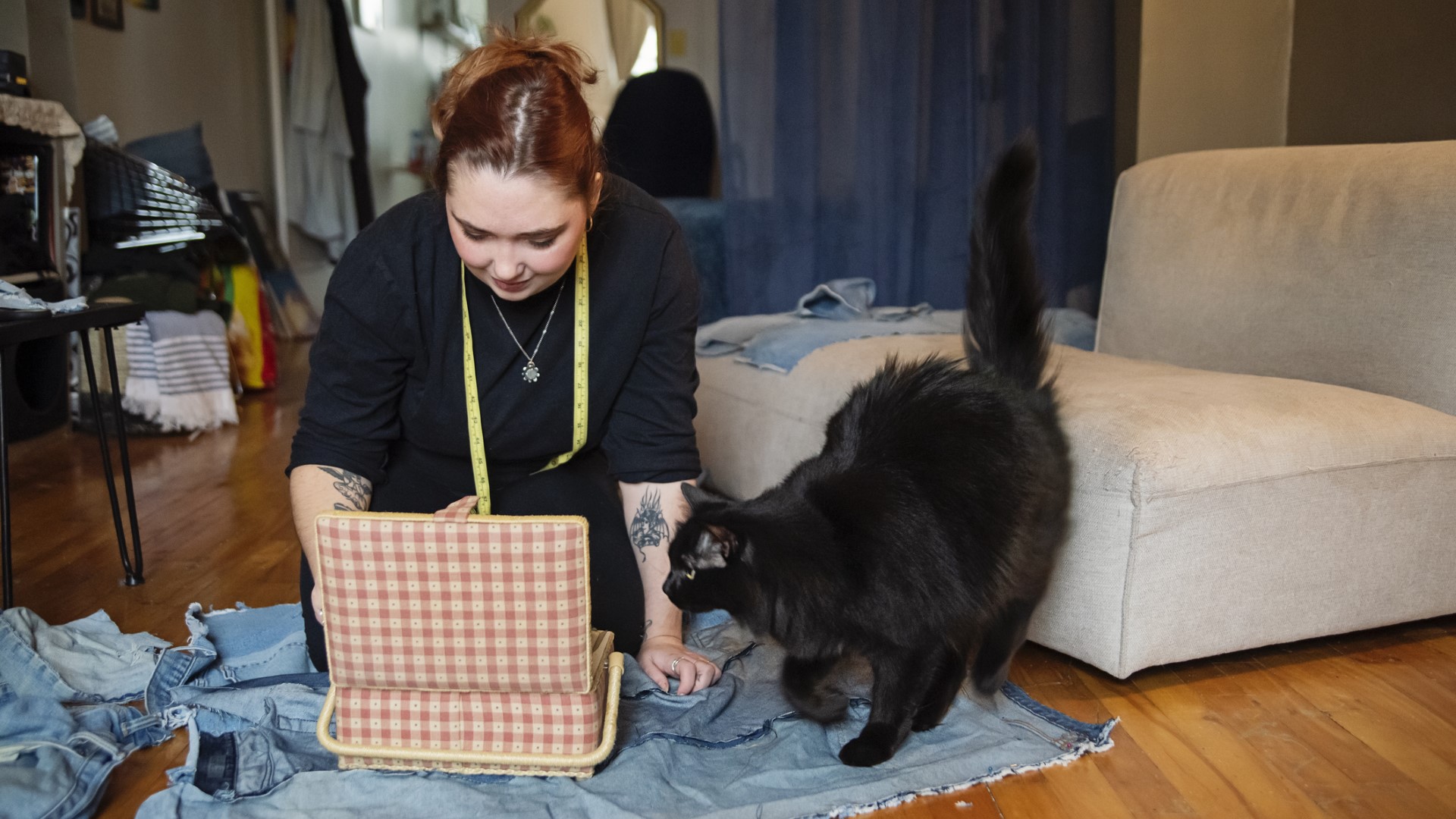
Reusing and up-cycling items is a great way to save money as a cat parent. You may be able to turn scraps of fabric into a delightful toy, recycle a plastic bottle into a puzzle feeder, fashion extra carpet and lumber into a cat-scratching post, or turn excess rope into a leash or toy. Once you start getting those creative juices flowing, you'll likely find many opportunities to repurpose items for your kitty.
25. Kitty-proof your home

Kitty-proofing your home can go far in saving you money as a cat parent. Cats are famously curious, after all, and can accidentally break or spill items with their exploring. There are plenty of ways to kitten proof your home, such as providing plenty of toys and environmental enrichment to keep them busy, closing doors to block access to certain areas of the house, and making sure items are stored away and out of reach when possible.
26. Plan ahead

While you can't plan for every possible incident, it can be helpful to think about potential cat-related issues and problem-solve before they happen. For example, if you plan on welcoming another kitty into the home, make sure to plan out how to introduce a kitten to a cat to avoid a potentially costly and traumatic injury-causing conflict. By coming up with a solid plan to use a slow introduction method and keep both kitties safe and secure, you can prevent possibly costly issues.
27. Use old bedding and pillows for cat beds
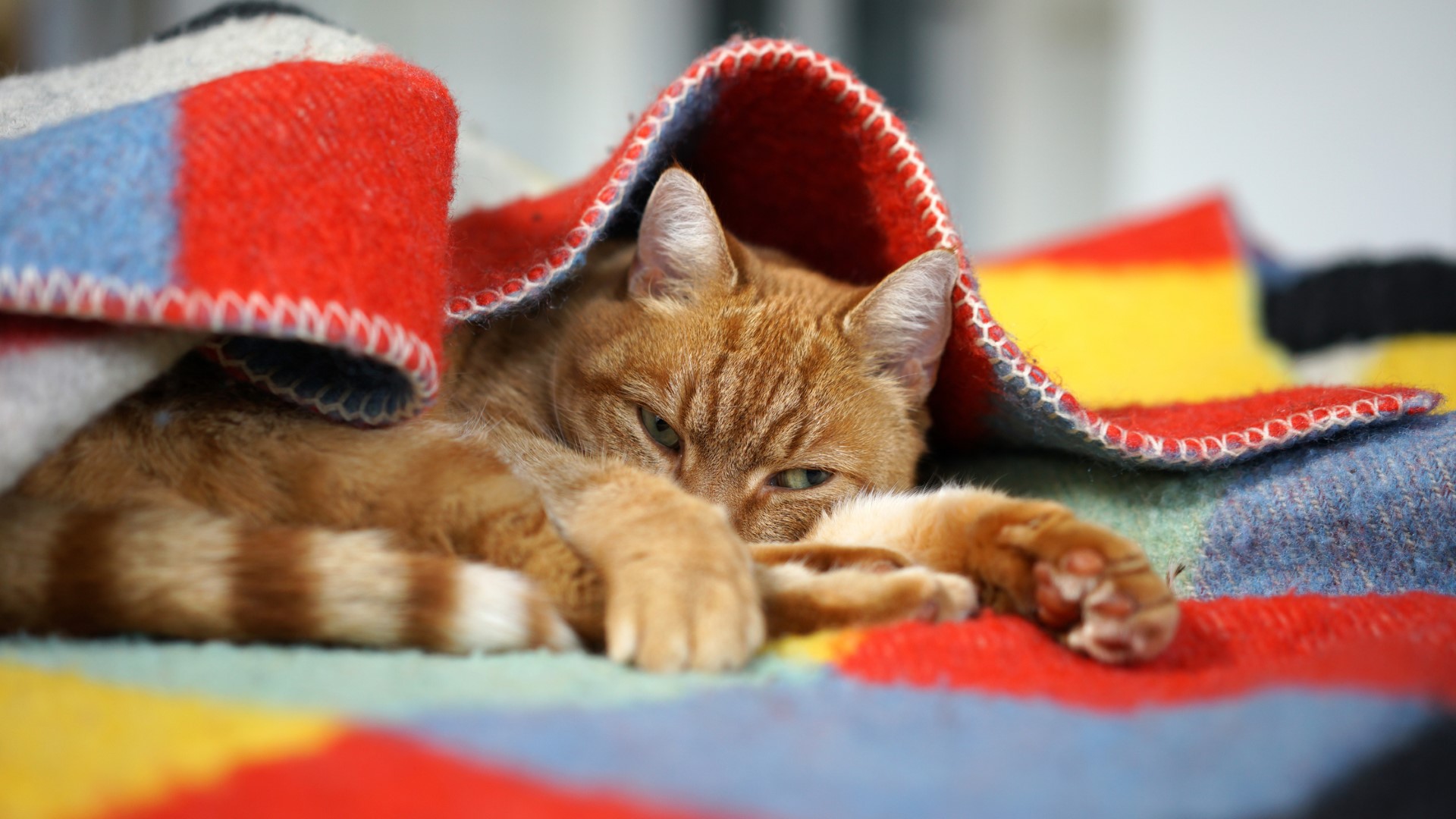
Most cats love to snuggle up in a comfy bed and take long naps. After all, adult cats need about 15 to 18 hours of sleep per day. However, they don't necessarily need a brand-new cat bed. What's important is that they have a comfortable and safe place to rest. You can create this space for them using old blankets and pillows. You can even line a cardboard box with a pillow and blankets, and drape a blanket on the outside to create a snuggly den for your inside cat.
28. Use positive reinforcement training
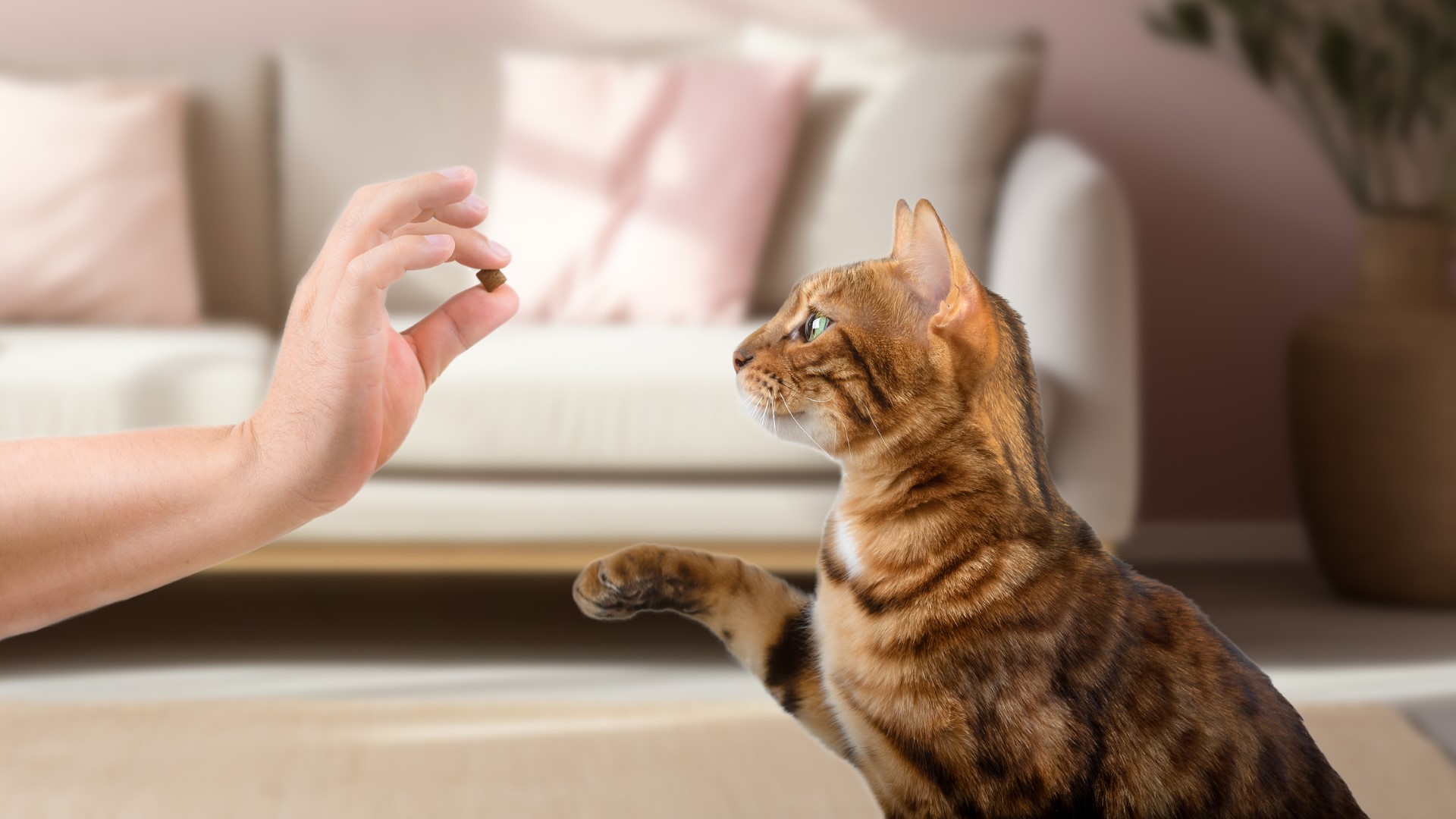
Positive reinforcement training uses rewards such as toys and treats to reinforce desired behaviors and to shape new cues. By using gentle and rewarding training, you can strengthen the bond between you and your cat while also preventing or redirecting destructive behaviors. Using positive reinforcement from a young age can prevent costly behavioral issues down the line.
29. Use at-home treatments when possible
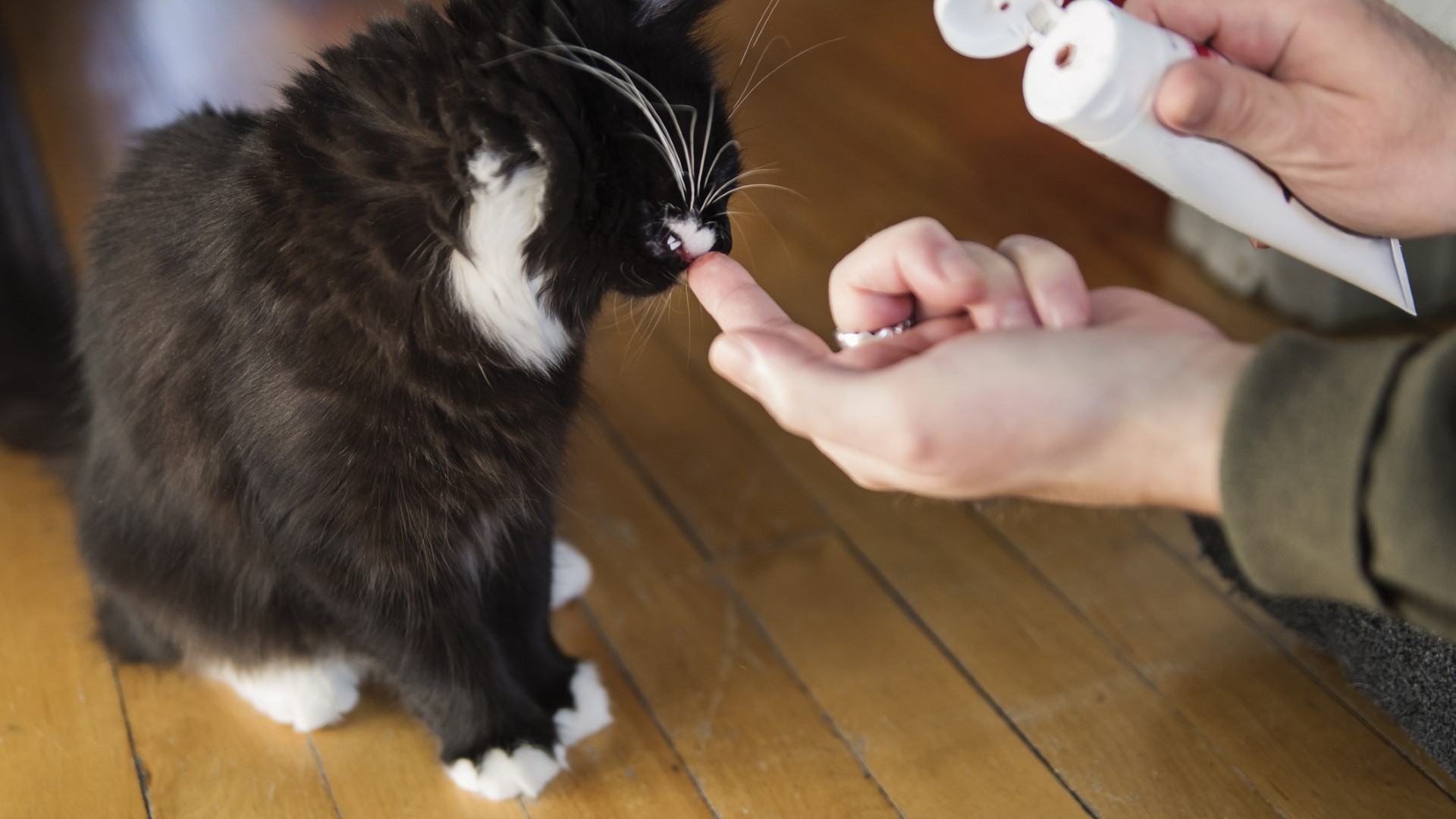
When possible, you can save money by using at-home and over-the-counter treatments for your cat. For example, adding fish oil to your cat's diet can help treat dry skin. Or, if your cat suffers from hairballs during times of increased shedding, you can use over-the-counter oral gels as prevention and treatment.
30. Use clumping litter
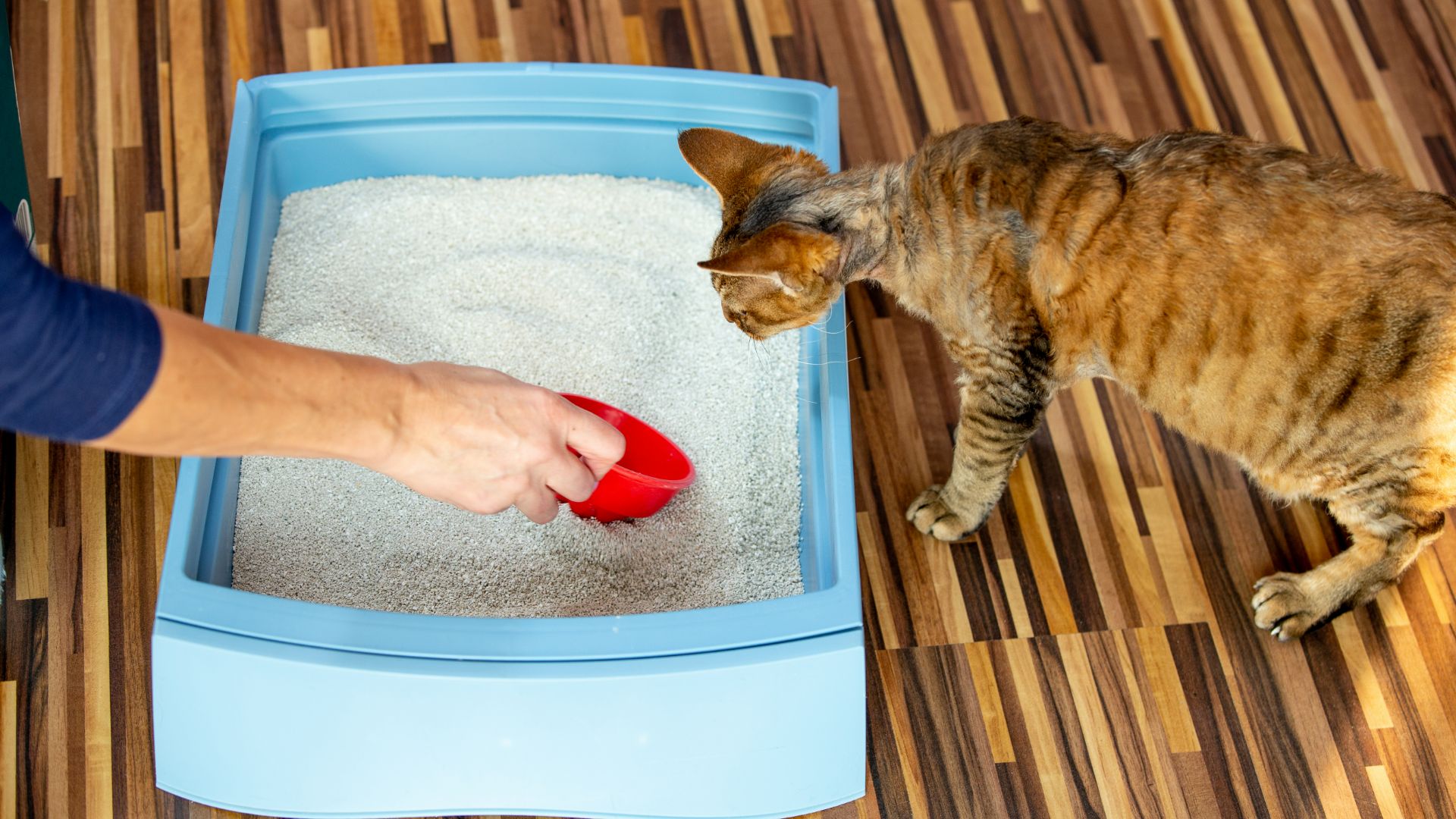
Depending on the litter you use, you may be able to reduce expenses by switching to a clumping brand. Clumping litter is easier to clean and results in less litter being soiled per use. It also results in a cleaner and less odorous box. By investing in the best cat litter, you can easily remove the clumps and leave the rest of the litter clean, allowing you to extend the life of each bag.
31. Use environmental enrichment
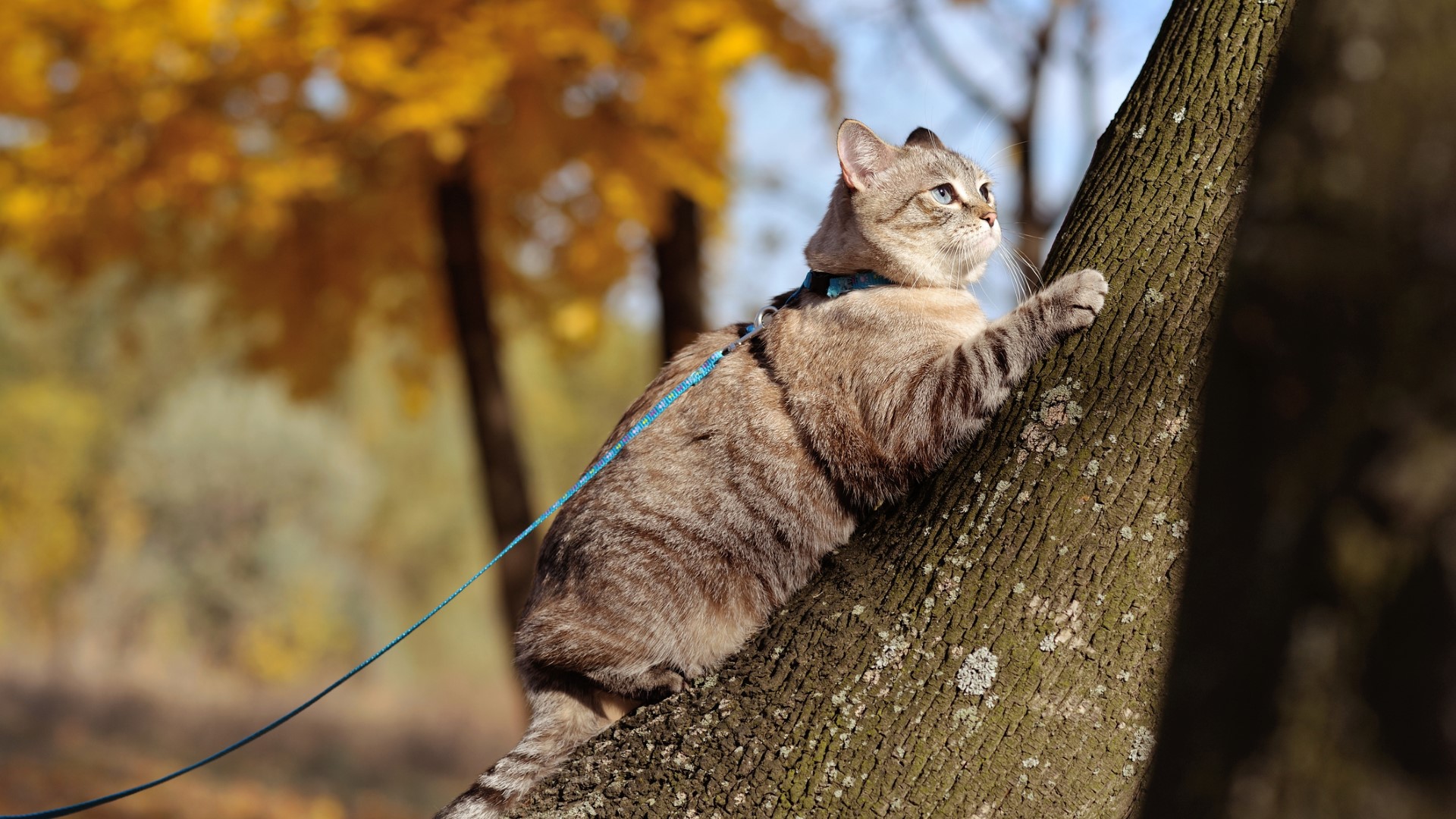
Providing consistent and varied environmental enrichment is an important part of keeping your cat healthy and happy. Thankfully, it doesn't have to be expensive or cost much of anything! If they enjoy it, you can take your cat on routine walks to climb trees and stalk critters in the grass. Or, you can set up a window perch overlooking a yard or garden so your kitty can be entertained by all the squirrels and birds that pass by.
32. Make your own cat treats

If you love giving your kitty BFF scrumptious treats, you may find yourself splurging on expensive cat treat brands. Luckily, you can make your own cat treats for less. You can make delicious homemade treats in as little as three or four ingredients that your cat will happily gobble up.
Cammi is a freelance writer with over 5 years of experience specializing in creating accessible and engaging pet, wildlife, and mycology content. She’s passionate about sharing accurate, ethical, and animal welfare-centered writing that fosters understanding, curiosity, and compassion for our pets and the natural world. She lives off-grid in a self-built cabin with a rambunctious pack of rescue and foster dogs. In her spare time, Cammi enjoys volunteering with animal shelters, foraging for mushrooms, playing viola and guitar, and traveling.
